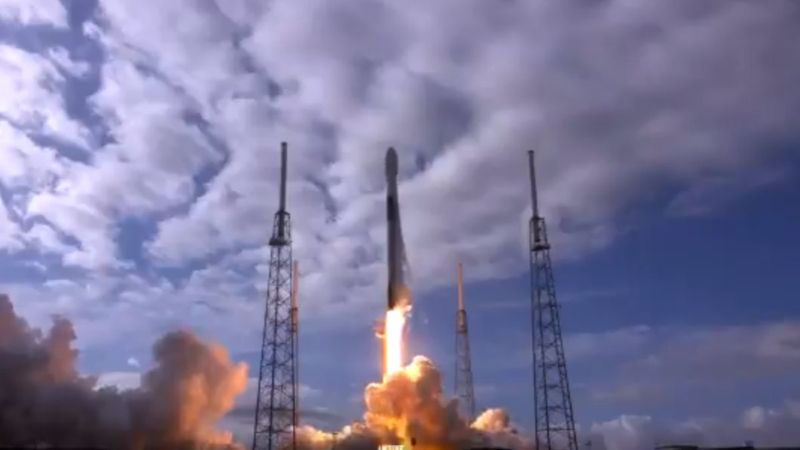SpaceX’s Transporter-1 mission has broken the record for the most spacecraft ever deployed in a single launch by placing 143 satellites into orbit.
SpaceX is the star of the private space industry. Boosted after the decommissioning of the space shuttles and NASA’s budget cut, the company works for government projects such as maintaining the International Space Station carrying equipment and astronauts, and also for private, internal initiatives such as the Starlink Space Internet and services for third parties.
Transporter-1 has been an unprecedented mission. It is part of the company’s SmallSat Rideshare program and is intended to make it cheaper for any manufacturer to launch satellites that would not normally be able to afford it. SpaceX takes advantage of the large payload that its Falcon 9 rocket can launch and thus reduce costs to $1 million, which is quite low for this type of service.
The payload included 10 of its own Starlink satellites to continue completing the Internet from space project; 48 devices from Planet Labs; 36 from Swarn’s IoT network and 8 for the satellite communications startup Kepler. It also included U.S. government satellites.
The significance of SpaceX’s Transporter-1
The mission was a demonstration of the possibilities of these “shared rides” and the complex coordination involved in a launch that includes deploying multiple payloads to different target orbits in relatively quick succession. As with other SpaceX launches, the first stage of the Falcon 9 rocket was recovered uneventfully, After separating, the first stage performed a flip maneuver to eventually make a vertical landing on an unmanned barge waiting in the waters of the Atlantic Ocean.
This launch will be closely watched by orbital traffic management researchers, as it definitely heralds what the future of private space launches could look like in terms of volume of activity. Some of the satellites deployed on this mission are not much bigger than an iPad tablet, so industry experts will be paying close attention to how they are deployed and tracked to avoid potential conflicts.

Space debris is becoming an increasing problem as more gadgets are launched into the atmosphere. Today, there are nearly 6,000 satellites circling the Earth and, according to the World Economic Forum, about 60 percent of them are space junk. And the problem will only get worse in the face of the launch capabilities shown in missions like this SpaceX Transporter-1.
In addition to the potential impact on Earth’s environment, space debris travels at an incredibly fast speed of more than 35,000 kilometers per hour, which can cause considerable damage to any object it hits, including the International Space Station or space exploration spacecraft including those preparing to return to the Moon and then to Mars.





